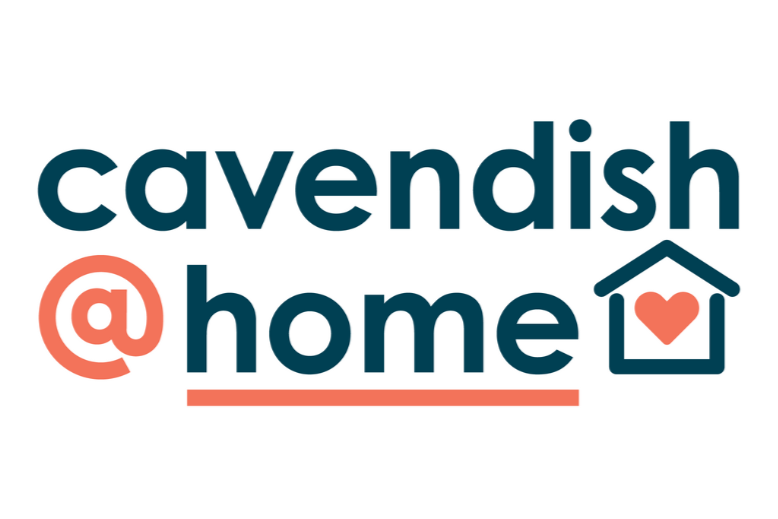Dec 23 • Clare Longstaffe
Building Healthy Habits - Step by Step
Learn from our hypnotherapist, Clare, about how to make positive changes part of your daily habit.
How to create a positive habit
You are more likely to repeat a good habit if it’s satisfying as change is easier when it’s enjoyable. Share successes with other people or find a way of celebrating your own success. Know that each time you repeat a good habit, you are one step nearer creating those positive neural pathways.
Research shows that the more we repeat something, the more likely it will become a habit, the more we will notice a cumulative benefit. Most people brush their teeth in the morning and at night without even thinking about it. It somehow feels a bit wrong if we forget and this can happen with creating a new habit. We are literally creating new pathways within our brain and so the more we repeat them, the more they become second nature. This means that we are more likely to remember the things that help our wellbeing when we
need them most. Below are a few more tips on how to create a good habit.
1) Schedule it
What? When? Where? For how long?
When trying something new, make it doable. So start with something you absolutely know you can do easily e.g. two minutes breathing practice. When we plan something into our diary and make it a priority, we are more likely to do it.
It is better to set small achievable goals rather than set what we think we should be able to do and then risk not following through.
Even with the best intentions, life can get in the way so think about what obstacles might keep you from your new habit. It might be better to change the days and times if you are likely to get disturbed or called to something else.
The easier the task is, the more likely it will be that you do it! One way to make it easy is to prepare the ‘environment’ so the good habit is easy to start straight away. If you can think about everything you will need in advance you are more likely to just do it. For example if you want to drink a glass of lemon water every morning make sure you buy lemons at the supermarket and gift yourself a nice water bottle!
.
2) Make it attractive
Write down a list of benefits of the habit. This might be
benefits of the new habit itself e.g. "I'll be better hydrated" or it might be overall benefits e.g. I’ll feel like I’m doing something positive.
benefits of the new habit itself e.g. "I'll be better hydrated" or it might be overall benefits e.g. I’ll feel like I’m doing something positive.
3) Reward the Habit
Pair what you really like doing with the new habit, so if you like reading, do the new practice before you read. Our brains are hard-wired to seek immediate rewards, however there is lots of evidence that delaying reward can be very beneficial when creating new habits and increasing good feelings. Just make sure you still do the nice thing.
Pair what you really like doing with the new habit, so if you like reading, do the new practice before you read. Our brains are hard-wired to seek immediate rewards, however there is lots of evidence that delaying reward can be very beneficial when creating new habits and increasing good feelings. Just make sure you still do the nice thing.
E.g. After I’ve had my lemon water to hydrate first thing, I’ll have my favourite coffee.
4) Make it satisfying
You are more likely to repeat a good habit if it’s satisfying as change is easier when it’s enjoyable. Share successes with other people or find a way of celebrating your own success. Know that each time you repeat a good habit, you are one step nearer creating those positive neural pathways.
5) Be flexible, be patient, be kind!
I almost hesitate to write this, but another given with creating new habits is that at some point you might drop it. This might be because you feel it’s not working or you missed a few of your scheduled practices or simply life got in the way. This is where most people encounter problems and then ultimately give up their helpful changes and go back to unhelpful habits.
Adopting a flexible mindset is key. The important thing is what you do overall in the long term and that means expecting that at times you’ll feel like you’re not managing. It is a part of the journey.
Adopting a flexible mindset is key. The important thing is what you do overall in the long term and that means expecting that at times you’ll feel like you’re not managing. It is a part of the journey.
A Note on Reducing Unhelpful Habits
If you are trying to cut back or undo an unhelpful habit, make it more difficult. So if you spend too much time on games, make it more difficult to access them. You can delete the app or unplug the PS2 and put it in a box. It’s harder to eat chocolate that you haven’t put in your supermarket trolley!
Who we are
Weston Park Hospital Development Fund trading as Weston Park Cancer Charity. Registered Charity No. 509803. Company limited by guarantee registered in England and Wales No. 1480596
Featured links
Connect with us
Copyright © Cavendish Cancer Care 2024
